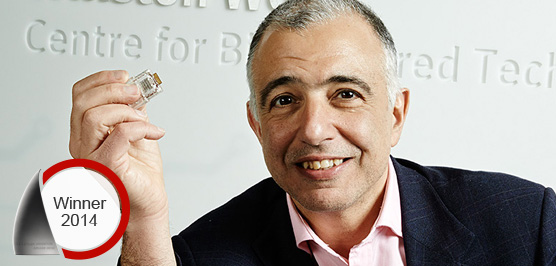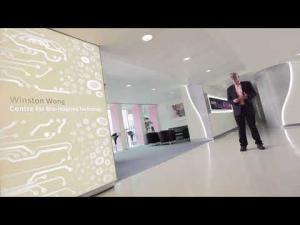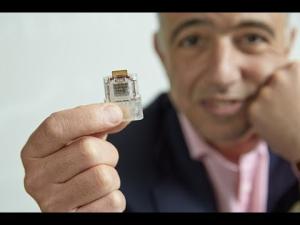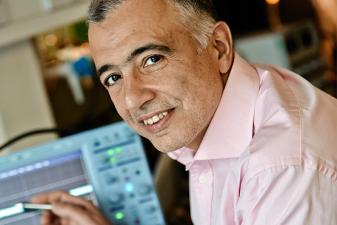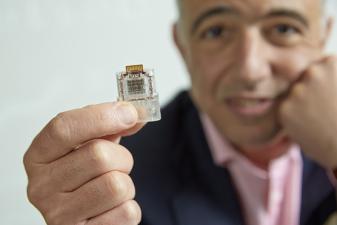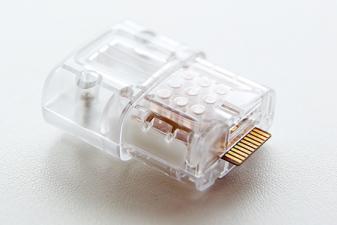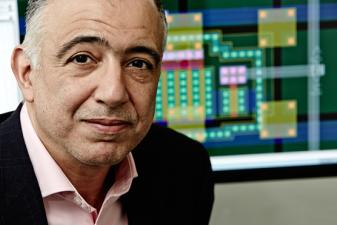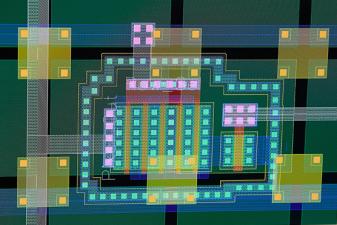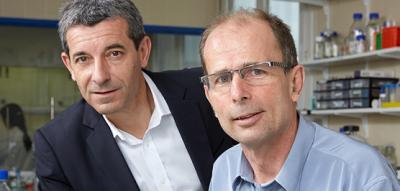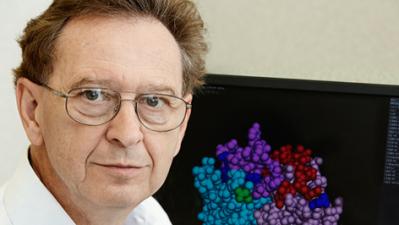Christofer Toumazou
Microchip for quick DNA testing
Winner of the European Inventor Award 2014 in the category research
The British scientist’s invention employs small silicon microchips that can identify genetic mutations that determine a person’s predispositions to certain hereditary diseases. These portable, low-power devices can analyse data on the spot rather than in a lab environment. As such, they represent a great stride in medicine as emphasis shifts from treating illnesses to preventing and diagnosing them in a targeted manner.
The tests take the form of a so-called “lab on a chip” – organic semiconductors and sensors that use very small amounts of chemicals to conduct tests on the spot. The chip can then be inserted into a USB stick and provide results that are viewable on a computer within 20 minutes.
Societal benefit
Not only does Christofer Toumazou’s invention make DNA testing more economical for clinics and hospitals that once had to spend upwards of half a million US dollars on conventional DNA-sequencing machines, it also provides patients with results within minutes rather than weeks. Its cost-efficiency could be particularly appealing in countries where there are few healthcare resources, such as in sub-Saharan Africa, where poorly equipped clinics could now perform diagnostic tests without the support of laboratories.
Economic benefit
The market potential for DNA sequencing is immense. By 2016, it is expected to be worth US $6.6 billion and grow by 17.5% annually – a rate that is compounded by the emergence of breakthrough technologies such as Christofer Toumazou’s cost-efficient application for testing DNA. The dynamic is fuelled by advances in bioinformatics, in imaging, in nanotechnology and in microfluidics as well as – in the case of Toumazou’s company DNA Electronics – in microelectronics.
DNA Electronics has entered in various collaborations, amongst which were Roche and Pfizer. The firm actively licenses-out its patents as its business strategy. Current licensees include Life Technologies, Roche, the National Institute for Health Research NHS, and GENEU.
How it works
If the target matches, a continuous extension occurs, releasing many hydrogen ions. This is in turn detected by the chip, which harnesses technology called ion semiconductor sequencing. The chip is a matrix of hundreds of tiny wells, each well containing a fragment of the subject DNA. As successive washes of different nucleotides are applied, some wells register a change in acidity if an extension occured and a hydrogen ion was released. The wells are so sensitive they can register just a few dozen hydrogen ions.
The inventor
Toumazou’s decision to delve into the world of genetic disorders came about because his son Marcus, who has a rare hereditary form of kidney disease. He aimed for a technology that would facilitate early detection, helping medicine go from healing illnesses to preventing them.
Did you know?
Media gallery
Patent numbers:
Contact
European Inventor Award and Young Inventors Prize queries:
european-inventor@epo.org Subscribe to the European Inventor Award newsletterMedia-related queries:
Contact our Press team#InventorAward #YoungInventors
